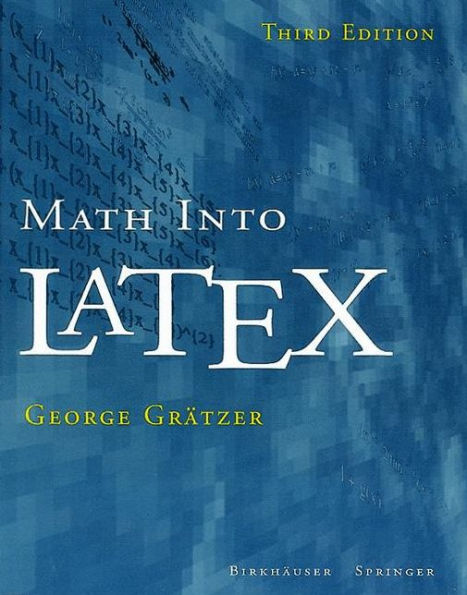AMS packages that replaced AMS-Ib-TEX, version 1.1, but the book still had an AMS-Ib-TEX-centric view. This third edition is about Ib-TEX. Where necessary, I recommend that you use packages to extend Ib-TEX's capabilities. For typesetting mathematics, I strongly recommend that you use the AMS packages. AMS packages, version 2.0 The American Mathematical Society released version 2.0 of the AMS packages in 1999. This third edition covers the changes made in this release. Books The first and second editions of this book dealt primarily with the tasks involved in writing artides. In Part V, the third edition addresses the issues that arise when creating longer documents. In addition to chapters on BIBTEX and Makelndex, I have added a new chapter on writing books. Appendix F illustrates the importance of choosing a well-designed book document dass. Other changes B\1EX Ib-TEX2 has been remarkably stable since its release in 1996, becorning c the standard Ib-TEX (see Section C.1.2). Changeshave been rninor except for ad vances in using Ib-TEX with non-English languages (see the new Appendix E) and the widespread use of the PostScript CM and AMS fonts (see the new Section D.l). Reorganization and additions Due to the new emphasis on writing books, a number of sections and subsections have moved from Chapter 2 and Chapters 6-8 to the new Chapter 12.



